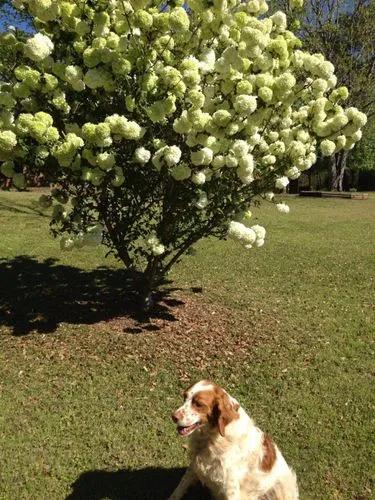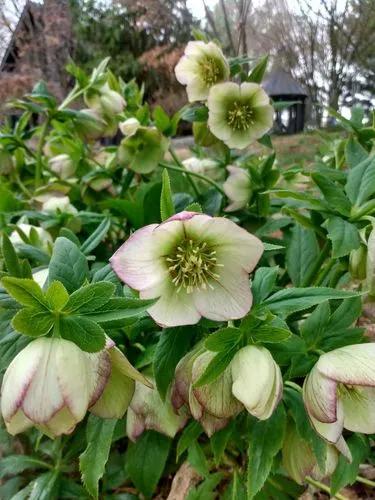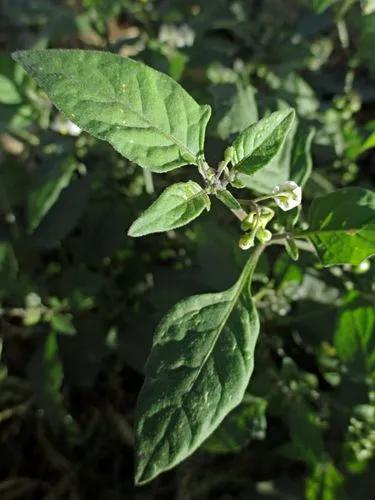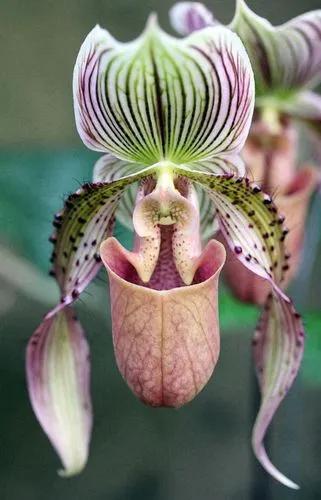The Lenten rose grows as a perennial herb, reaching 28–45 centimetres (11–18 in) high, with glossy green palmate leaves composed of 7–9 leaflets with serrated leaf margins. Leathery in texture, the leaves are evergreen. The cup-shaped pendent flowers appear in late winter and spring, arising in groups of 1–4 on the ends of thick stems rising above the foliage. They have yellow stamens. All parts of the Lenten rose are poisonous.[9] Sap coming into contact with the skin may cause temporary irritation, while ingestion of large quantities can cause burning of mouth and throat, vomiting, abdominal cramping, and diarrhea
Julerose Care
Helleborus



How to Care for the Plant

Pruning

The best time for pruning a hellebore plant is late winter or early spring, just as soon as the new growth begins to appear. This new growth should come straight up out of the ground as little stalks. These stalks should still be surrounded by a ring of last year’s big leaves. The old leaves may very well be damaged from the winter’s cold and looking a little rough around the edges.

Additional

Helleborus niger, commonly called Christmas rose or black hellebore, is an evergreen perennial flowering plant in the buttercup family, Ranunculaceae. It is poisonous. Although the flowers resemble wild roses, Christmas rose does not belong to the rose family.

Popularity

53 people already have this plant 16 people have added this plant to their wishlists
Discover more plants with the list below
Related articles






